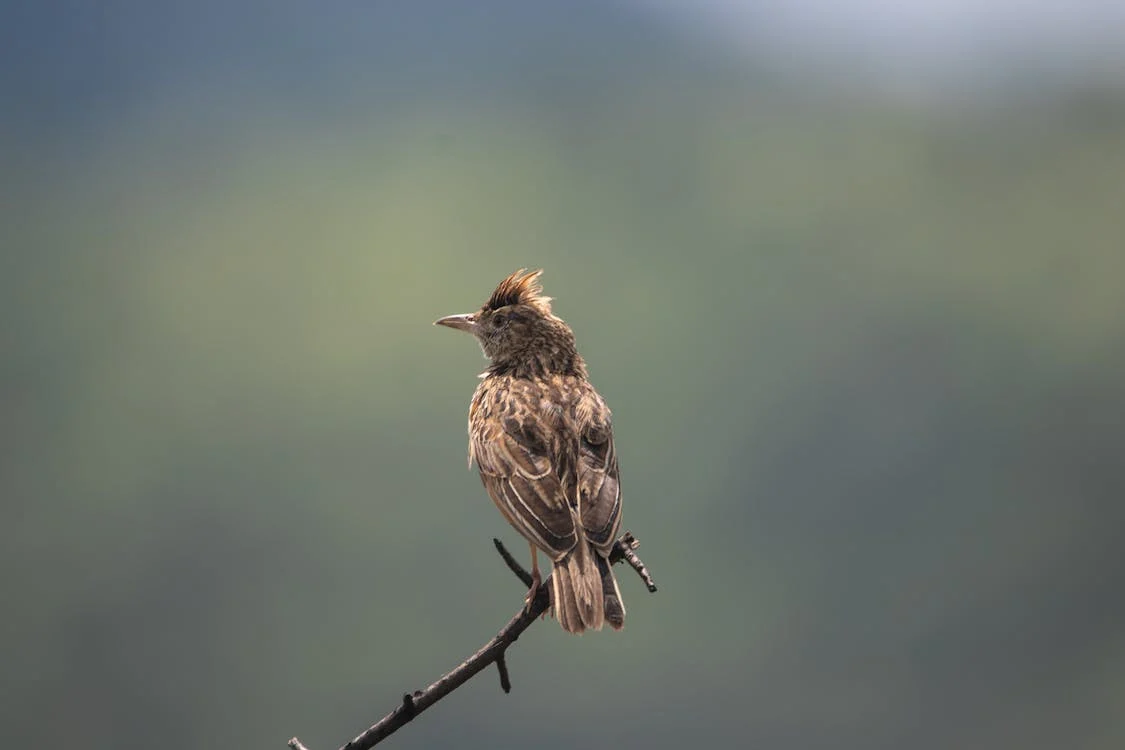Rufous-naped Lark (Mirafra africana)
It is a large, brawny lark boasting a hefty bill, short crest, and a notable rufous wing panel conspicuous during flight. This bird is geographically-variable with pairs being resident in grassy savanna, woodland, open grasslands, and cultivated lands. These birds love to perch on branches, singing a series of sweet “treee-lee-treelooo” notes … Read more
